How did the Faroe Islands, ranked 136th in the world, achieve three consecutive wins in the World Cup qualifiers?
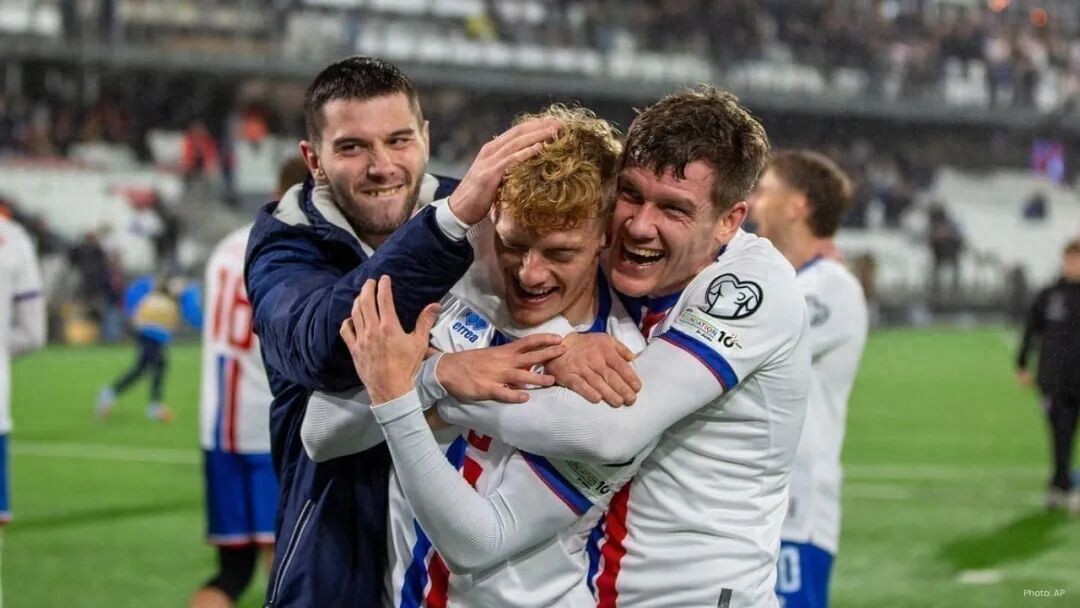
Written by Han Bing The Faroe Islands, with just 55,000 residents and ranked 136th by FIFA, shocked the football world by beating the Czech Republic 2-1, a side ranked 97 places higher. Remarkably, half the Faroese squad are semi-professionals who juggle football with other jobs in their domestic league — how did this team pull off a three-game winning streak against Europe's top competition?
The Faroe Islands consist of 18 small islands in the North Atlantic, with a population of only 55,000, and there are 30,000 more sheep than people. The Faroe Islands Football Association was established in 1979 and joined FIFA in 1988. Among UEFA members, the Faroe Islands is the fourth smallest in terms of population, only larger than Gibraltar, San Marino, and Liechtenstein.
The Faroe Islands' first historic victory came in 1990 with a 1-0 win over Austria. At that time, the coach was former professional ice hockey player Glaugsson, and due to the lack of suitable stadiums locally, the match was held in Sweden. The winning goal was scored by Nielsen, a salesman at a local construction company, who was actually better known for his achievements in chess rather than football. In 2014, the Faroe Islands (ranked 187th) beat Greece (ranked 18th) 1-0 away, with a world ranking gap of 169 places between the teams.
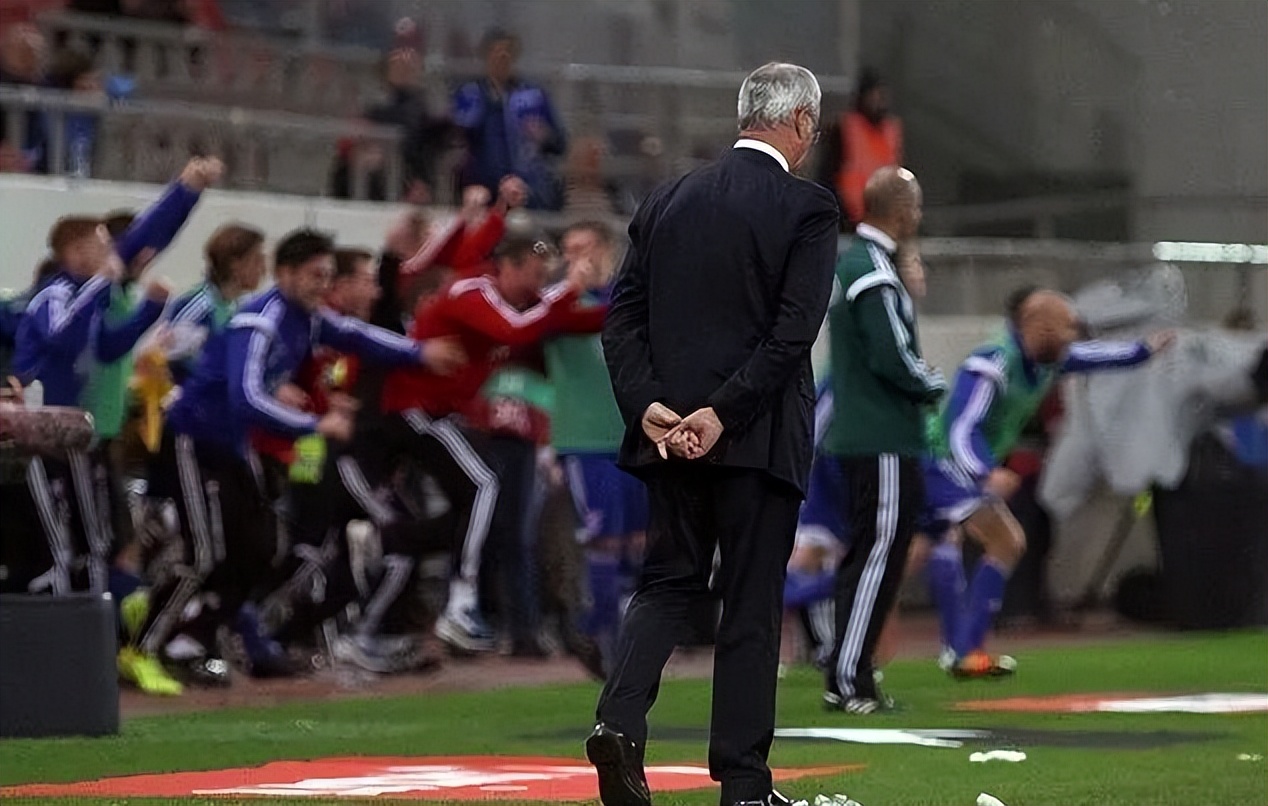
Coincidentally, that victory in Athens led to the dismissal of Greece’s coach Ranieri, who was unemployed the following year before taking over Leicester City and leading them to the biggest underdog Premier League title in history. In 2015, the Faroe Islands defeated Greece 2-1 at home in both matches, pushing their world ranking to a historic high of 74th. This year’s three consecutive wins in the European qualifiers mark a new peak for Faroese football, as the team had never previously won more than two matches in a single major tournament qualification.
Former Danish international Lars Olsen, who coached the Faroe Islands for eight years, along with Swedish U21 and Olympic team coach Eriksson who led the team for five years after, have certainly contributed to the team’s progress by introducing more advanced training methods and tactical concepts. But more importantly, it is the large football-playing population, a well-developed youth training system, and a pure passion for the game locally.
Estland, a veteran Faroese fan who has watched over 100 international matches of the Faroe Islands team live, explained the significance of football to the Faroese people: "The national pride of the Faroe Islanders almost entirely comes from football matches. Ninety-nine percent of people worldwide who know about the Faroe Islands probably learned of them through the national team’s participation in major qualifiers. The Faroe Islands team is the best ambassador for this place."
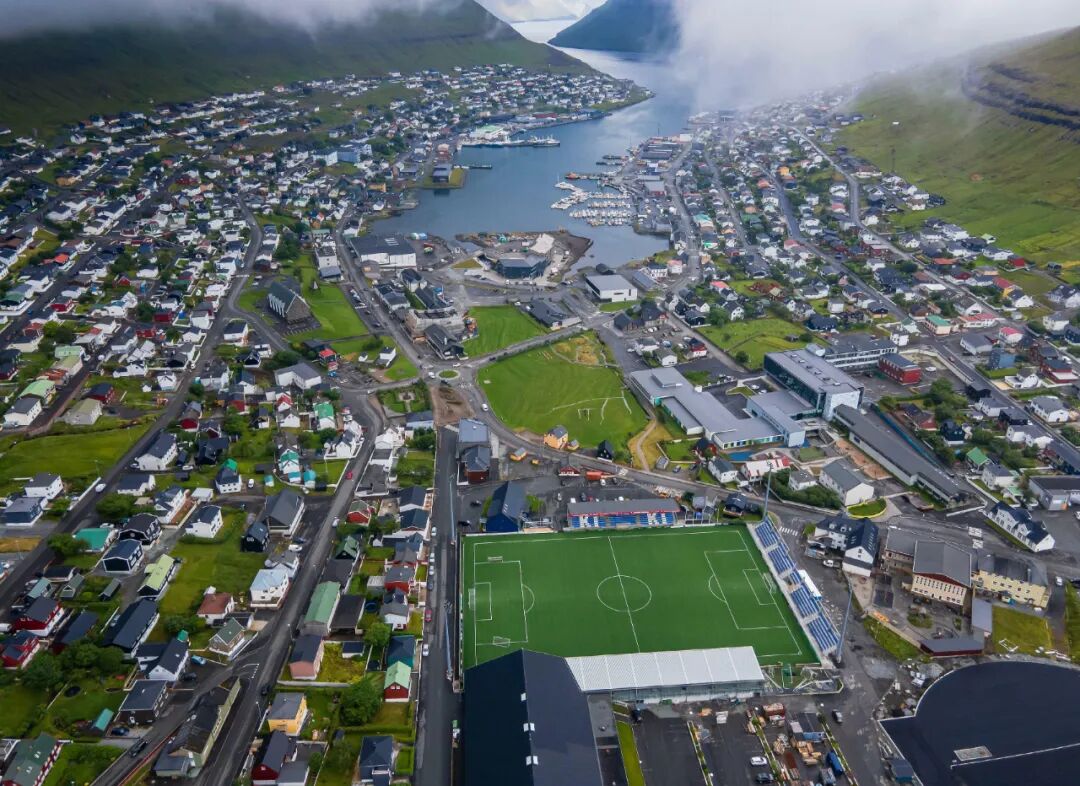
Football is the most popular sport in the Faroe Islands, with over 5,000 registered players, nearly one-tenth of the total population; more than 10% of locals attend at least one match annually. Artificial turf, promoted since the early 21st century, has been the foundation for football’s progress in the mountainous islands with little flat land, which have 20 standard football pitches. The average annual temperature is only 13°C, with 300 days of rain or snow, and frequent strong winds have led to unique rules: on windy days during free kicks, teammates can hold the ball steady with their feet to prevent it from rolling. Semi-professional players and volunteers are the backbone of grassroots and club football at all levels. In 2020, the Faroe Islands were the first European league to restart after the pandemic, showing the local passion for football.
In 2006, the Faroese Football Association mandated that clubs must have U21 teams. Over the past decade, almost all local league players have come through this U21 development system, gaining more match experience and professional training. The Faroe Islands have four league levels, and even the top-tier Premier League’s 10 clubs are semi-professional. Recently, the league has diversified, with 46 foreign players from 15 countries across 10 clubs this year. Norwegian TV2 broadcasts the Faroese league, helping local players get noticed by European scouts.
Initially, the Faroe Islands team consisted only of amateur players, but in recent years many players have gone abroad; for example, Todi Jónsson was inducted into the hall of fame of Danish powerhouse FC Copenhagen. In October, 11 of the 23 players who defeated Montenegro and the Czech Republic were playing overseas, in leagues across Denmark, Norway, Finland, Iceland, Poland, Slovenia, and England. Defenders Sørensen and Análsson, who scored against the Czech Republic, play in the Slovenian and Danish second divisions respectively.
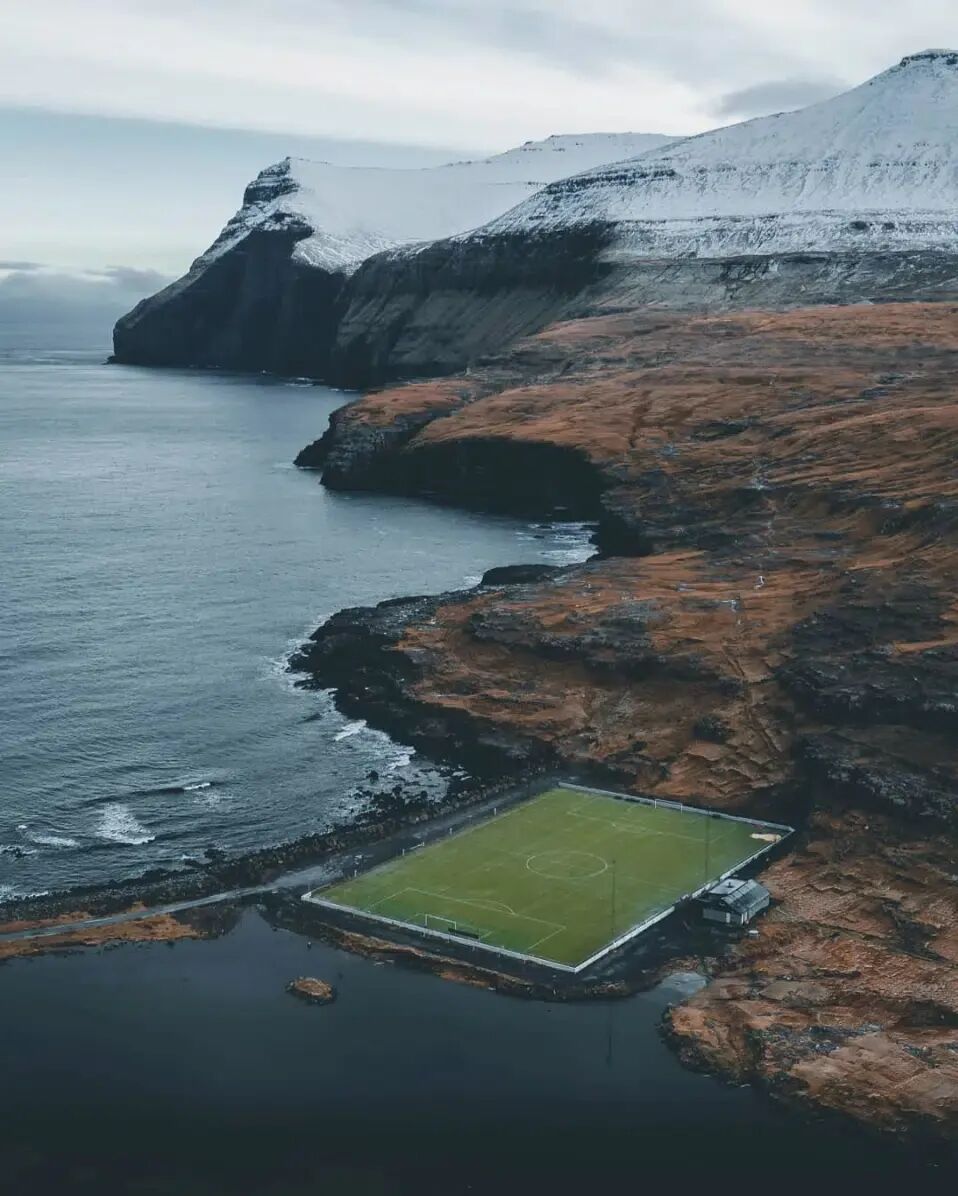
Even after achieving the historic three-win streak, half the Faroese squad still consists of semi-professionals playing in the domestic league. Among the starting eleven who beat the Czech Republic, four are local semi-professionals, including captain Davidson. Outside training and matches, fans might see these players working at docks, on fishing boats, or in fish processing plants to make a living. The Faroe Islands also have naturalized players: defender Chukwu (Nigerian descent) and midfielder Mnenne (Tanzanian descent) represent the growing appeal of Faroese football.
Before 1999, the home ground at Toftir was near the sea, and balls were often kicked into the ocean and swept away by waves. This stadium holds the record for the largest crowd at a Faroese match (6,642 people in June 1997), equivalent to one-seventh of the population. In 1999, the capital Tórshavn built the new Tórshavn Stadium with a capacity of 6,500, featuring luxury executive boxes on both sides. Next door is the 5,000-capacity Valkyrie Valley Stadium, shared by the two major clubs HB and B36. The modern facilities of these stadiums would put many English League One grounds to shame.
Although the dream of the Faroe Islands reaching the World Cup remains unlikely, this qualifying campaign has shown the world the pride of Faroese football.
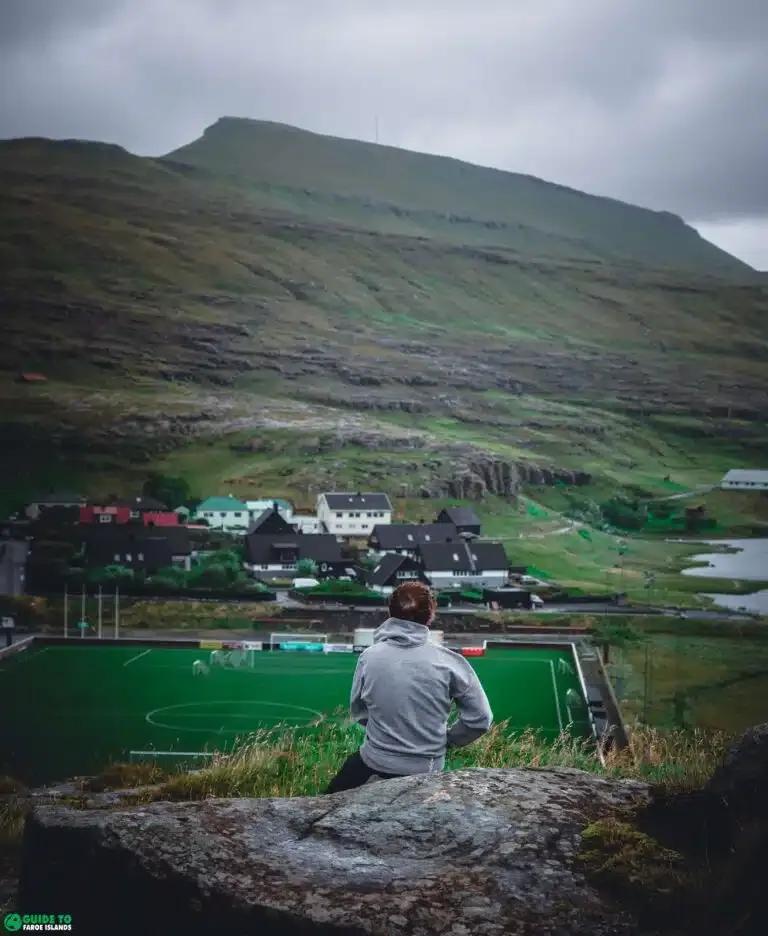


Wonderfulshortvideo
Marcus Rashford pays tribute to Cristiano Ronaldo 👏


Thomas Tuchel heard England fans tonight 😅


Job done for England and captain, Harry Kane 👏🏴


"I can't describe the feeling of playing for England” 🏴


Roy Keane on Marcus Rashford 🗣️








 Links
Links
 Contact
Contact
 App
App


